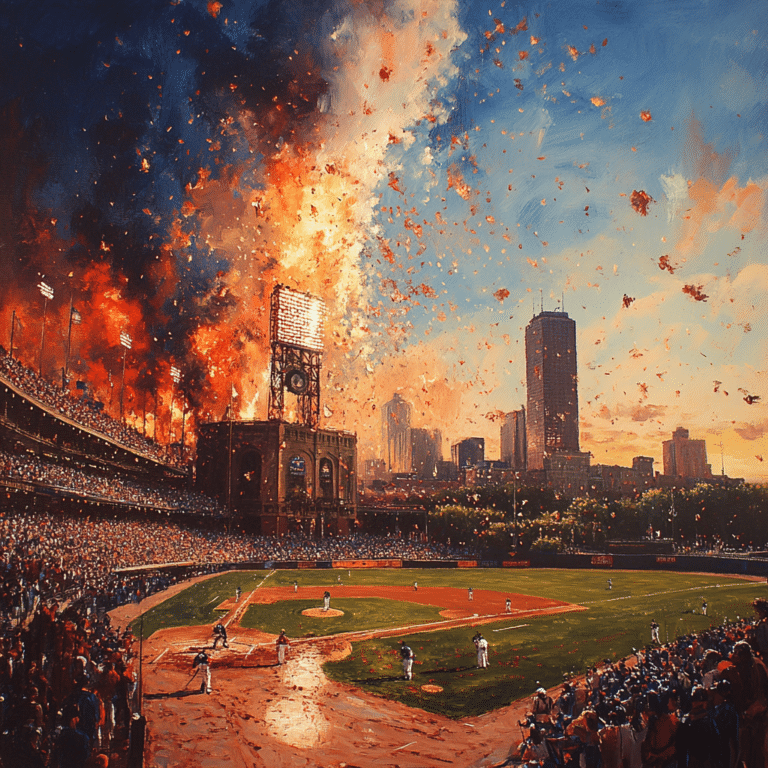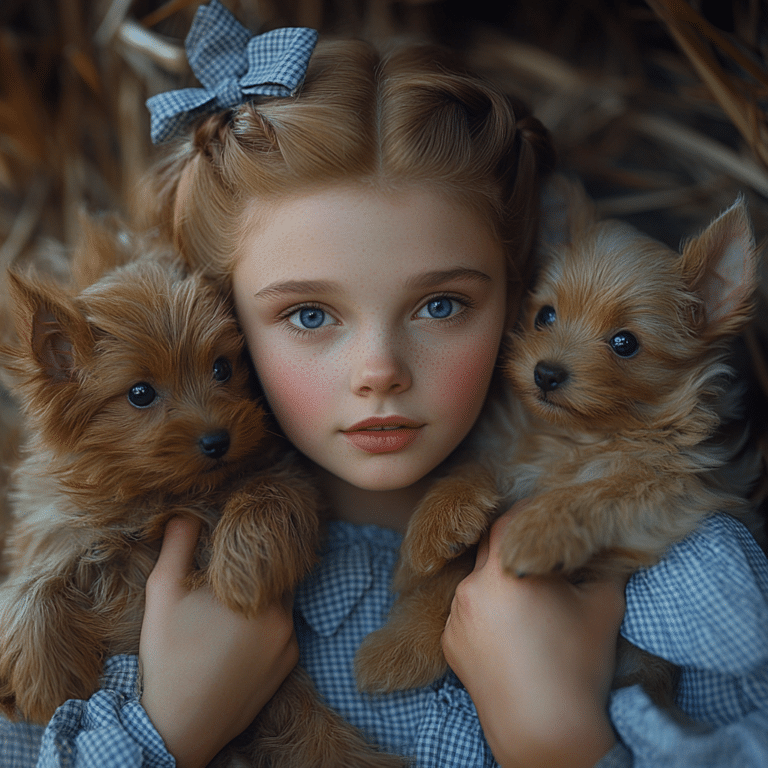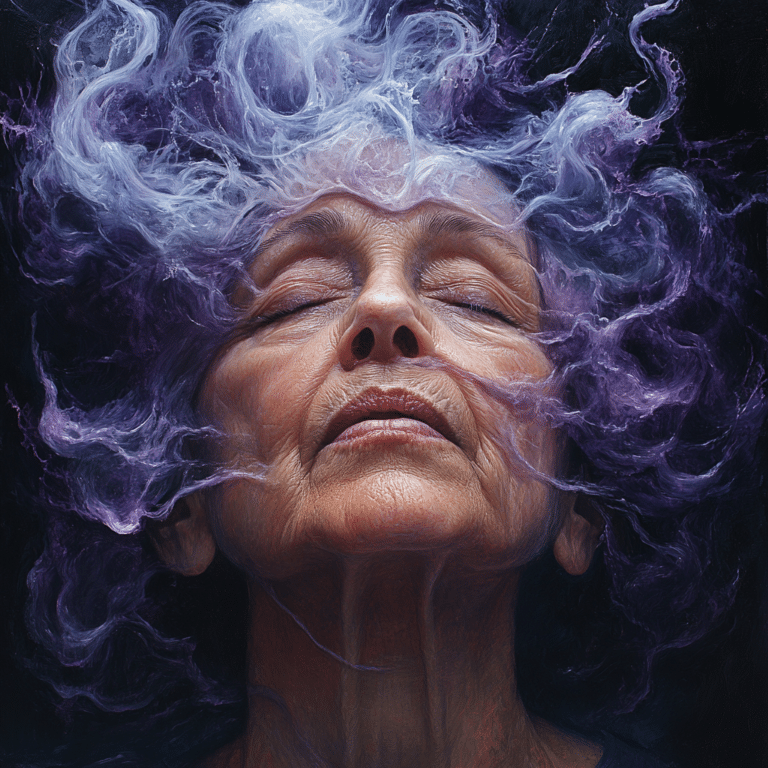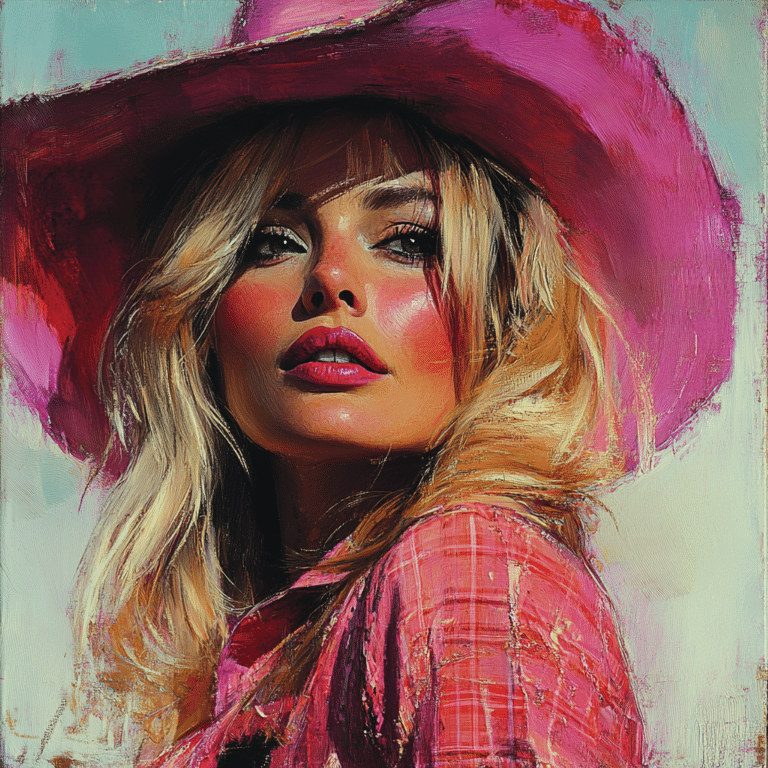The saga of the Hatfield and McCoy families is a vivid emblem of America’s turbulent history in the Appalachian region. This legendary feud, which erupted in the late 1800s primarily along the Kentucky-West Virginia border, showcases the darker side of human relationships, laden with unresolved grievances and bitter rivalries. Tensions rooted in territorial disputes, love interests, and even a notorious hog-stealing incident morphed into violence that reverberated throughout American culture. Today, this tale serves as a cautionary reminder of the dangers of allowing personal vendettas to escalate into larger conflicts, implicating societal divisions that resonate even today.
The Origins of the Hatfield and McCoy Feud
The origins of the Hatfield and McCoy feud are clouded by time and folklore. Some historians argue that the hostility between the clans intensified during the American Civil War, drawing a line between the Union-aligned McCoys and the Confederate Hatfields. This was not just a family feud; it was a clash of ideologies. Others contend that it originated in 1878 when Rand’l McCoy believed a Hatfield had stolen one of his prized pigs. This event sparked a volatility that would engulf both families.
The feud escalated dramatically when legal disputes and trials turned personal and violent. For instance, in a notable 1888 trial, Floyd Hatfield, accused of stealing livestock, was acquitted thanks to the testimony of Bill Staton, a McCoy nephew. Ironically, Staton faced dire consequences afterward, culminating in his murder by Sam and Paris McCoy, his own kin, years later. This brutal cycle of retribution created an atmosphere of mistrust that echoed through the hills of Appalachia, transforming a simple agricultural dispute into a no-holds-barred conflict.
According to historical records, the feud continued to evolve, leading to a series of violent skirmishes that culminated in the New Year’s Day shootout of 1888. This incident became a defining moment in the feud’s history, illustrating how interconnected personal grievances and societal factors can morph into a broader conflict. In 2003, both families signed a truce, but the underlying economic and social forces remain firmly entrenched, much like the political landscape of today’s America.

Top 7 Cultural Parallels to the Hatfield and McCoy Feud
The Hatfield and McCoy feud isn’t just a relic of the past; it resonates through modern-day culture. Here are seven cultural parallels that illuminate the enduring nature of familial conflict and societal division:
The pain and struggles in Ronnie Spector’s life mirror the tenacity seen in the Hatfield and McCoy saga. Just as these families faced oppressive challenges, Spector fought against her own demons, revealing that resilience often stems from adversity.
The country band Rascal Flatts stands as a testament to overcoming discord. Their music emphasizes unity and healing, essentially crafting an antidote to the Hatfield and McCoy dramatics that once epitomized the Appalachian ethos. Their harmonies send a clear message: even amidst chaos, there’s potential for reconciliation.
Waylon Jennings captured the essence of the fight for survival and dignity in his music. His storytelling shines a light on the underdog’s struggles—much like those faced by the Hatfields and McCoys—reminding us of the deep cultural roots of fighting against the odds.
Kenny Chesney’s heartfelt ballads take listeners back to simpler times, paralleling the nostalgia tied to the Hatfield and McCoy feud. His lyrics often revolve around love and conflict—universal themes that remind us of both the pain and glory of family dynamics.
Chet Hanks, the son of actor Tom Hanks, has been embroiled in his own family controversies. His experiences highlight the troubling dynamics that can arise within families, reminiscent of the historical tensions between the Hatfields and McCoys, showing that strife continues to evolve even in today’s world.
The film character Forrest Gump, portrayed by Tom Hanks, navigated through numerous historical conflicts. His journey reflects how personal and family issues intertwine with broader societal troubles, echoing the themes found in the Hatfield and McCoy story during the turbulent post-Civil War era.
Family feuds continue to enjoy a spotlight in popular culture, from reality TV dramas to celebrity disputes. This evolution demonstrates that while the players might change, the essence of conflict remains unchanged. The Hatfield and McCoy feud serves as a timeless reference point for understanding these deep-seated human issues.
The Impact of the Hatfield and McCoy Feud on American Culture
The Hatfield and McCoy feud has carved out a significant niche in American folklore, merging lessons from history with rich cultural narratives. It serves as a powerful reminder of how unresolved conflicts can lead to catastrophic consequences. The story has inspired countless songs and films, drawing in audiences eager to witness the fiery passions of human behavior.
Moreover, the feud highlights the complexities of loyalty and vengeance, themes that ring true throughout our own lives today. The cultural impact is profound—through storytelling, we learn about the consequences of grudges and the urgent need for dialogue. This tale isn’t merely for entertainment; it’s a sage lesson about the destructiveness of hate and the importance of seeking reconciliation.
The legacy of the Hatfield and McCoy saga extends to numerous adaptations in popular culture—from television shows to documentaries—illustrating our collective fascination with conflict and redemption. These narratives encourage us to confront our own battles, bridging divides and fostering understanding, ensuring the saga’s relevance endures through generations.
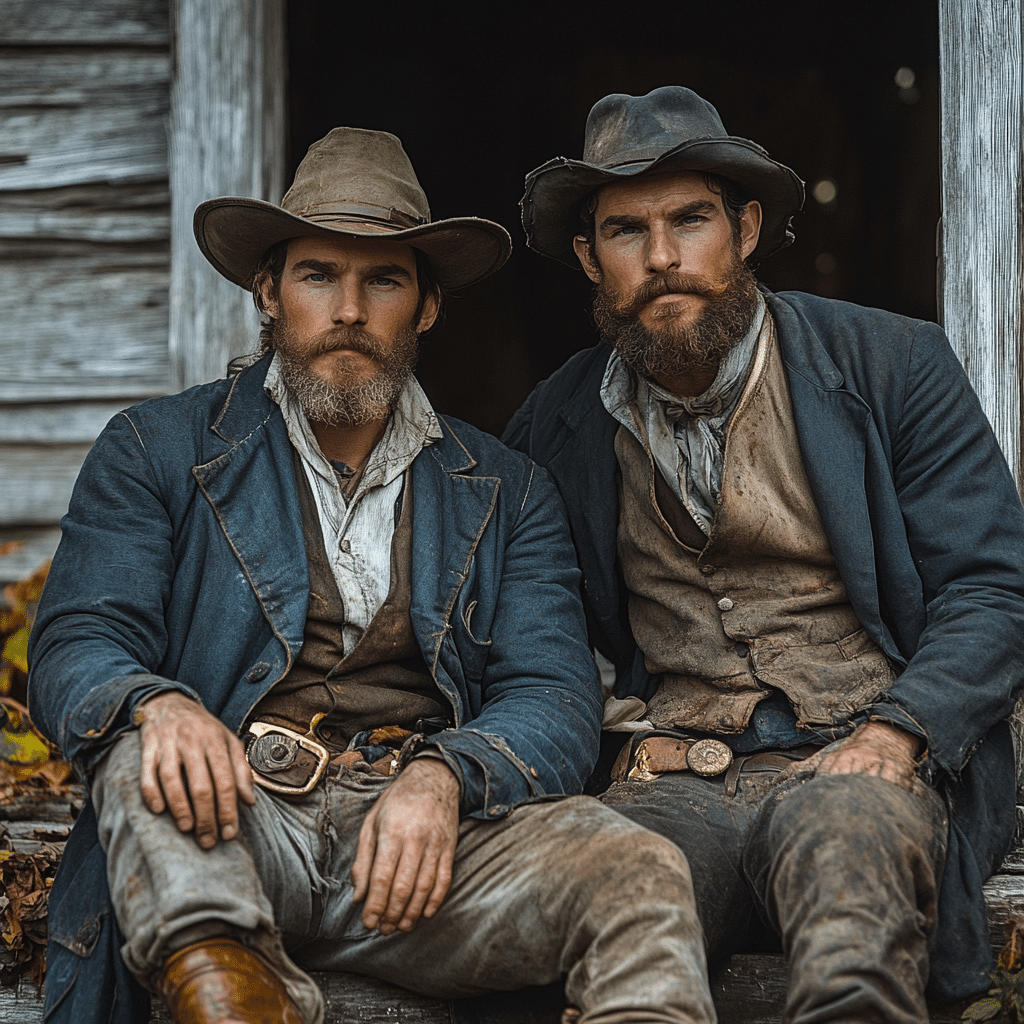
Synthesizing the Feud with Modern Disputes
In our current landscape, echoes from the Hatfield and McCoy feud resonate through contemporary conflicts, reflecting a widespread societal malaise. The division we witness today—be it through political polarization or the sensationalism present in media—mirrors the mistrust that historically festered between the two families.
The portrayal of family feuds in modern discourse resembles the rivalries of the past, allowing us to explore the motives and consequences that accompany them. As we analyze these patterns, we not only contextualize current events but also honor the past. Through understanding our history, we can construct strategies for prevention and resolution.
Ultimately, the stories of the Hatfields and McCoys serve as beacons urging us toward dialogue over division, awareness over ignorance. As we delve deeper into these issues, we find that the lessons from this legendary feud provide valuable insights to guide us in overcoming modern disputes, fostering a society that thrives on communication instead of conflict.
In closing, the Hatfield and McCoy story is more than just a historical anecdote—it’s a powerful metaphor for enduring human relationships and the necessity of choosing understanding over hatred. These lessons are crucial in navigating today’s tumultuous environment. Let’s remember, the power to bridge divides lies within our ability to communicate, respect, and, ultimately, to understand each other.
Hatfield and McCoy: The Legendary Feud of Appalachia
The Feud that Sparked a Nation’s Imagination
The legendary feud between the Hatfields and McCoys isn’t just a tale of rivalry—it’s a slice of American folklore that has tickled the fancy of many. This bloody spat captured the attention of the nation, much like the shocking news surrounding Jerry Springer’s death. Just as Springer made a name for himself with his explosive television antics, the Hatfield and McCoy feud became sensationalized, exhibiting the extremes of family loyalty and vengeance in the rural Appalachian mountains.
The roots of the feud trace back to the aftermath of the Civil War, where loyalties divided communities, just as the debate over the doubt meme captivates today’s internet users. Disputes over land, a hog, and simmering grudges escalated into violence that left a lasting impression on American history. Local folklore, like the tales of legendary figures and oddities, intertwines with this historic conflict, marking it an unsolvable puzzle that has intrigued researchers and romantics alike.
A Cultural Footprint
Not just confined to the history books, the Hatfield and McCoy feud continues to inspire various media and entertainment forms, much like the timeless charm of classic Christmas Movies that draw in audiences every holiday season. The ongoing interest in this feud has birthed novels, documentaries, and even themed attractions. Just imagine, in the same way that the enduring tale of Olivia Newton-John has winked at nostalgia, the fabled rivalry remains a colorful piece of Americana, embodying both the humor and hardships of Appalachian life.
And while the fierce bloodshed may have dulled over time, the spirit persists. This isn’t just a history lesson; it serves as a backdrop for understanding regional identity and family ties in America. So, whether you’re reminiscing about childhood crushes involving Jonathan Taylor thomas or discussing the latest trends like chrome Nails, the Hatfield and McCoy saga adds a layer of richness to our cultural landscape that’s hard to beat!
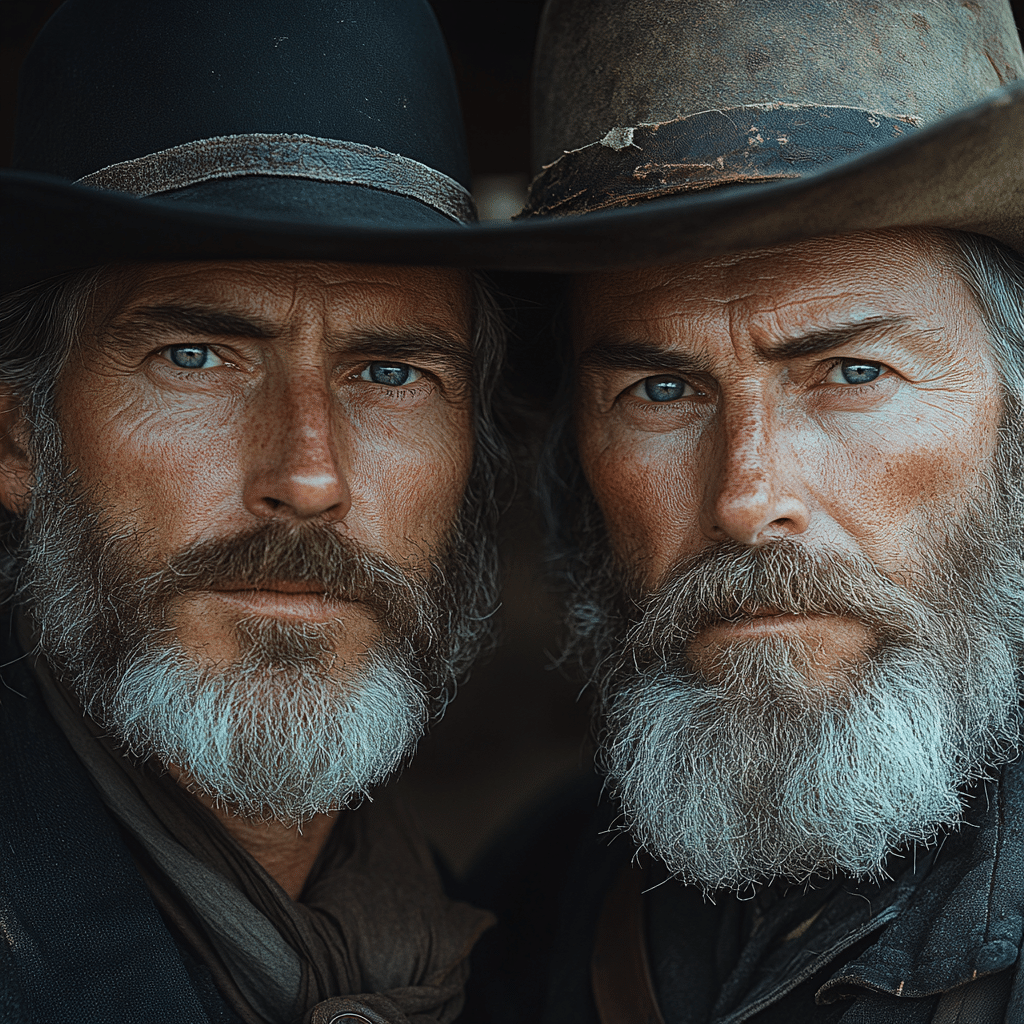
What is the true story behind Hatfield and McCoy?
The Hatfield and McCoy feud has deep roots, with some saying it sparked from hostilities during the Civil War when the McCoys were Unionists and the Hatfields were Confederates. Others trace it back to 1878, when Rand’l McCoy accused a Hatfield of stealing a hog.
Who won the fight, Hatfields or McCoys?
Ultimately, the Hatfields had their share of wins, but it was complicated. A pivotal moment was when Floyd Hatfield was acquitted thanks to testimony from a McCoy against his own family, which only piled on the tensions, leading to violence and further deaths within both families.
Are Hatfields and McCoys still feuding?
While some members of both families signed a truce in 2003, the underlying economic and social issues that stirred the feud may still linger today. So, we can’t say the feud is completely over.
Did any Hatfields and McCoys marry each other?
Yes, there were marriages between the families, like Johnse Hatfield and Roseanna McCoy, but it faced challenges as “Devil Anse” Hatfield barred them from tying the knot. In the end, Johnse married Nancy McCoy, Roseanna’s cousin, after tragedy struck.
What finally ended the Hatfield and McCoy feud?
The feud saw a lot of bloodshed, but it’s hard to pinpoint an exact number of deaths. Estimates suggest at least a dozen lives were lost due to violence between the two clans.
What disease did the Hatfields and McCoys have?
Both families had their share of blame in the feud, with arguments over property, loyalty, and personal grievances fueling the fire on both sides.
Are there any Hatfields or McCoys living today?
In terms of famous descendants, you’ve got folks like the actors and reality TV stars who are related to both families, showcasing how their legacies continue in pop culture today.
Why was he called Devil Anse?
The Hatfields and McCoys lived only a few miles apart in the Appalachian mountains, separated by the Tug Fork River in what is now Kentucky and West Virginia.
How many people died from the Hatfield and McCoy feud?
Roseanna McCoy passed away from tuberculosis, a disease that took many lives in that era, reflecting the harsh conditions and limited medical knowledge of the time.
Who was at fault in the Hatfield and McCoy feud?
Randall McCoy is buried in the family cemetery in Pike County, Kentucky, where the McCoy lineage can still be traced.
Who are the famous descendants of Hatfields and McCoys?
Bad Frank, a notorious figure tied to the feud, met a violent end; he was allegedly shot and killed in a quarrel, demonstrating the lethal and chaotic environment during the feud’s peak.
How far apart did the Hatfields and McCoys live?
There are still descendants from both families alive today, sharing their heritage and sometimes keeping memories of the legendary feud alive.
How did Roseanna McCoy pass away?
As for the movie “Hatfields and McCoys,” it mixes facts with fiction, so while it captures some of the feud’s essence, many details have been dramatized for entertainment.
Where is Randall McCoy buried?
He was called “Devil Anse” as it reflected his fierce reputation and fearlessness during the feud, embodying the rugged spirit of the frontier.




